 Ministerul ungar de Externe consideră că plăcuţa cu un citat al lui Nicolae Iorga amplasată pe spatiul verde de langa statuia lui Matei Corvin din Cluj – dupa ce a fost eliminata brutal de pe soclul statuii – “generează tensiuni între comunităţile de maghiari şi români”. Ambasadorul Ungariei la Bucureşti, celebrul Oszkar Fuzes (de data asta fara sotie), a exprimat oficial, vineri, preocuparea Ungariei faţă de cazul plăcuţei cu citatul aparţinând lui Iorga, sperând că problema va fi rezolvată curând. Consul Ungariei la Cluj-Napoca, Szilagyi Matyas, s-a declarat şi el preocupat de situaţia tensionată creată prin amplasarea, în 23 mai, a plăcuţei cu un citat din Iorga la baza grupului statuar şi a cerut, ieri, într-o conferinţă de presă, înlăturarea de urgenţă a acesteia, dupa ce capul UDMR, Kelemen Hunor, solicitase, ilegal, “indepartarea neintarziata” a acesteia. Aceasta atitudine grofeasca a facut mai multe organizatii romanesti sa ceara presedintelui si premierului Romaniei demiterea imediata a lui Hunor din pozitia de Ministru al Culturii anti-nationale, printr-un apel titrat: Asociatiile Noi Romanii si Civic Media ii cer presedintelui Traian Basescu si premierului Emil Boc “indepartarea neintarziata” a lui Kelemen Hunor. Cu o nota de amenintare, consulul ungur de provincie sustine acum, nici mai mult nici mai putin, decat enormitatea ca citatul lui Nicolae Iorga “ar putea stârni tensiuni interetnice în municipiu”. Consulachele isi deconspira din prostie si complicii la tradare de tara de la Bucuresti, afirmand public că “atitudinea de bunăvoinţă şi deschidere întâlnită la Ministerul de Externe al României nu se manifestă din partea conducătorilor municipiului Cluj-Napoca”.
Ministerul ungar de Externe consideră că plăcuţa cu un citat al lui Nicolae Iorga amplasată pe spatiul verde de langa statuia lui Matei Corvin din Cluj – dupa ce a fost eliminata brutal de pe soclul statuii – “generează tensiuni între comunităţile de maghiari şi români”. Ambasadorul Ungariei la Bucureşti, celebrul Oszkar Fuzes (de data asta fara sotie), a exprimat oficial, vineri, preocuparea Ungariei faţă de cazul plăcuţei cu citatul aparţinând lui Iorga, sperând că problema va fi rezolvată curând. Consul Ungariei la Cluj-Napoca, Szilagyi Matyas, s-a declarat şi el preocupat de situaţia tensionată creată prin amplasarea, în 23 mai, a plăcuţei cu un citat din Iorga la baza grupului statuar şi a cerut, ieri, într-o conferinţă de presă, înlăturarea de urgenţă a acesteia, dupa ce capul UDMR, Kelemen Hunor, solicitase, ilegal, “indepartarea neintarziata” a acesteia. Aceasta atitudine grofeasca a facut mai multe organizatii romanesti sa ceara presedintelui si premierului Romaniei demiterea imediata a lui Hunor din pozitia de Ministru al Culturii anti-nationale, printr-un apel titrat: Asociatiile Noi Romanii si Civic Media ii cer presedintelui Traian Basescu si premierului Emil Boc “indepartarea neintarziata” a lui Kelemen Hunor. Cu o nota de amenintare, consulul ungur de provincie sustine acum, nici mai mult nici mai putin, decat enormitatea ca citatul lui Nicolae Iorga “ar putea stârni tensiuni interetnice în municipiu”. Consulachele isi deconspira din prostie si complicii la tradare de tara de la Bucuresti, afirmand public că “atitudinea de bunăvoinţă şi deschidere întâlnită la Ministerul de Externe al României nu se manifestă din partea conducătorilor municipiului Cluj-Napoca”.
 In continuarea acestei politici agresive antiromanesti, UDMR urmează să ridice, luni, în şedinţa coaliţiei guvernamentale, problema amplasării plăcuţei cu un citat din Nicolae Iorga pe statuia lui Matei Corvin din Cluj-Napoca şi va trece la reevaluarea colaborării cu PDL la nivelul judeţului Cluj. Toate aceste pentru ca ungurii isi doresc rescrierea istoriei prin obliterarea adevarului legat de regele roman al Ungariei Matei Corvin, reflectat intr-o singura propozitie de marele istoric roman: «Biruitor în războaie, învins numai la Baia de propriul său neam când încerca să învingă Moldova nebiruită»”.
In continuarea acestei politici agresive antiromanesti, UDMR urmează să ridice, luni, în şedinţa coaliţiei guvernamentale, problema amplasării plăcuţei cu un citat din Nicolae Iorga pe statuia lui Matei Corvin din Cluj-Napoca şi va trece la reevaluarea colaborării cu PDL la nivelul judeţului Cluj. Toate aceste pentru ca ungurii isi doresc rescrierea istoriei prin obliterarea adevarului legat de regele roman al Ungariei Matei Corvin, reflectat intr-o singura propozitie de marele istoric roman: «Biruitor în războaie, învins numai la Baia de propriul său neam când încerca să învingă Moldova nebiruită»”.
Saptamana trecuta, la Parchetul de pe lângă Judecătoria Cluj-Napoca a fost înregistrată o plângere penală „împotriva unor făptuitori necunoscuţi, pentru săvârşirea infracţiunii de executare fără autorizaţie de construire a unor lucrări cu privire la grupul statuar Matei Corvin din Piaţa Unirii, monument clasat în grupa A, infracţiune prevăzută şi pedepsită de art. 24 alin. 1 lit. a din Legea 50/1991 privind autorizarea executării lucrărilor de construcţii, coroborat cu dispoziţiile Legii nr. 422/2001 privind protejarea monumentelor istorice”, semnată de vicepreşedintele organizatiei para-ilegale “Consiliul Naţional al Maghiarilor din Transilvania” (CNMT), Gergely Balazs. Pentru a amplifica tensiunea interetnica, vicepresedintele Parlamentului Ungariei, Zoltan Balczo, vicepresedinte al partidului Jobbik, a declarat, sambata, in cadrul unei serbari organizate la Ghindari, ca Guvernul si Parlamentul Ungariei trebuie convinse sa sprijine lupta pentru autonomia Tinutului Secuiesc. “Trebuie sa convingem Guvernul si Parlamentul Ungariei sa sprijine lupta pentru autonomia Tinutului Secuiesc. Stim foarte bine ca Uniunea Europeana nu e prea deschisa asupra acestor lucruri, dar trebuie sa facem sa inteleaga Europa asta mare ca sunt regiuni unde sunt unele nationalitati cu pondere mare si formele de autonomie pot fi viabile si chiar bune pentru Europa. Trebuie sa facem UE sa inteleaga ca pentru aceste lucruri trebuie luptat”, a declarat Balczo, citat de Agerpres.
Portalul Ziaristi Online a avertizat inca de la inceputul scandalului asupra modalitatii de nepermis a partidului etnic maghiar din Romania de santajare a partenerului de Coalitie, PDL, pana la extrema in care acesta devine partas la un atentat la istoria nationala, o asasinare orwelliana a gandirii si operei marelui istoric roman Nicolae Iorga. Conform informatiilor Ziaristi Online, Serviciul Roman de Informatii (SRI), la randul sau, si-a facut datoria si a informat la timp factorii decizionali asupra actelor extremiste ale conducerii UDMR, spirjinita fatis de oficialitatile statului ungar, care profita de detinerea presedintiei Consiliului European, pana la sfarsitul lunii iunie a.c.. Luni, practic, vom asista la deznodamantul acestei batalii, dusa de la nivel simbolic pana la cel informativ si politic, prin santajarea PDL si a Cotrocenilor: va castiga Romania si adevarul istoric sau Ungaria si extremismul antiromanesc?
Corespondentul Mediafax la Cluj-Napoca relateaza:
Continuarea la Ziaristi Online
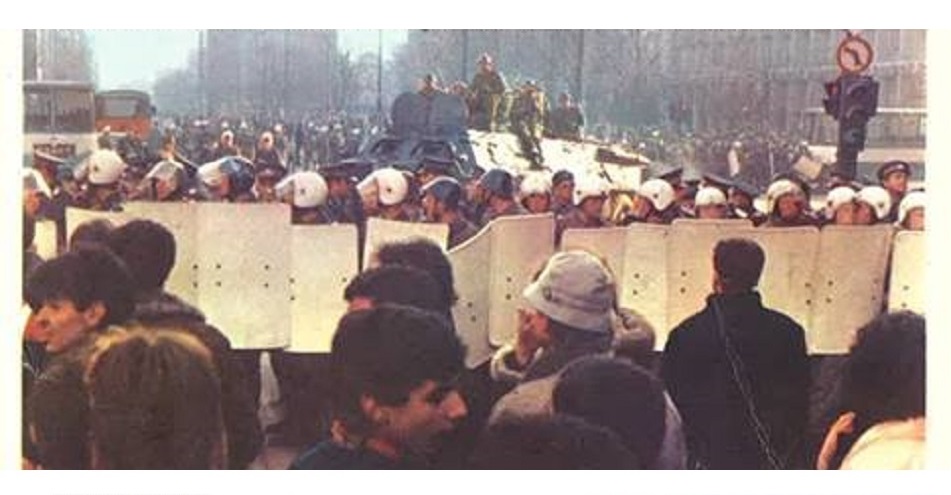
 May 29th, 2011
May 29th, 2011  VR
VR 
 Posted in
Posted in  Tags:
Tags: 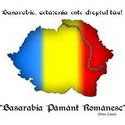









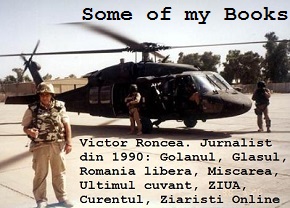
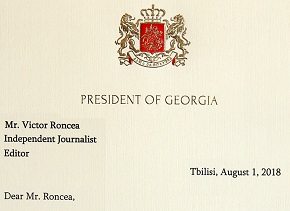

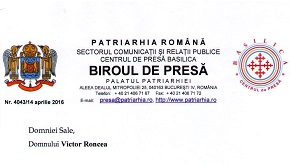



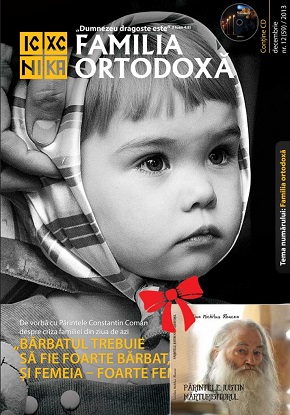

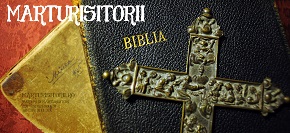


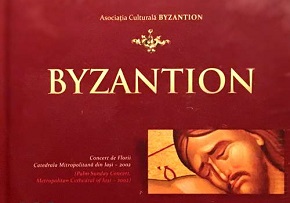







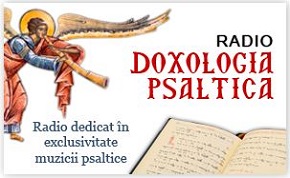





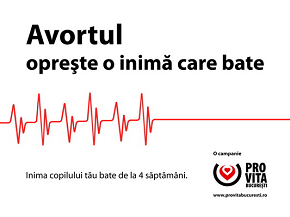
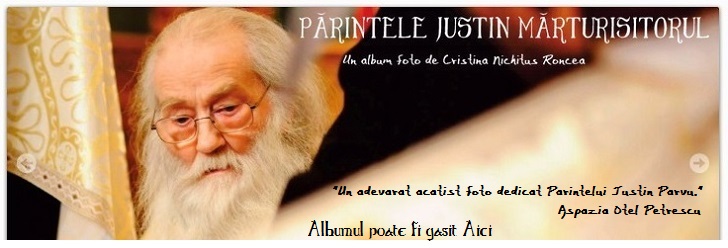
marinelu tace, guvernu tace, autorităţile tac, nalţii ierarhi tac iar românii care îndrăznesc să vorbească împotriva celor care vor dezbinarea României şi bătaie între români şi maghiari sunt automat catalogaţi extremişti… şi să mai zică cineva că România mai este a românilor…
UDMR nu este partid. Aceasta calitatea o poate da numai tribunalul. Aceasta “uniune” nu a solicitat niciodata statutul de partid pentru ca ar trebui sa respecte legile statului.
https://www.stiridecluj.ro/politic/ambasadorul-ungariei-sustine-ca-placuta-lui-nicolae-iorga-ii-umileste-pe-maghiari-
uitaţi Domnule Roncea cum le rezolvă instituţiile statului marinelist pe toate aşa spre a nu leza pe maghiari… băsescu nu are nici o vină aşa i?
Ungurii care traiau in corturi?
The Hungarians
It is also true that the Hungarians of today look European. But their
roots are Mongolic.
From Britannica :(Languages of the world)
“Racially the Uralic people present an unhomogeneous picture.In
general they may be considered a bland of Europeans and Mongoloid types,with the more western groups(especially the Hungarians,Baltic-Finnic and Erzya Mardvin
groups) being strongly European and those of the Urals primarily Mongoloid”.
From ” De Administrado Imperio”by Constantine Porphyrogenitus
(Byzantine Emperor,950AD)
“These eight clans of the TURKS(Hungarians) do not obey their own
particular princes…,They have for their first chief the prince who comes by succession of Arpad’s family…”
From “The Mongols” By Jeremiah Curtin
“Five groups of Mongols have made themselves famous in Europe:The
Huns with their mighty chief Attila,the Magyars,The Turks or Osmanli,the
Mongol invaders of Russia…”
From “The Decline and Fall of the Roman Empire” By Edward Gibbon.
“The(Hungarians) are distinguished by the Greeks under the proper and
peculiar name of Turks, as descendants of that people who had conquered and reigned form China to the Volga (referring to the Mongols)”.
Gaspar Heltai (1490?-1574) Transylvanian Saxon writer and Painter
“The Huns, who we call now Magyars, when they lived in Scythia they were all hunters” At 373 they started to fled from Scythia and arrived to Pannonia where they settled near the river Tisza”
Mahmud Tercüman’s codex. He wrote to the Turkish sultan Suleiman the first at 1543 AD.
Tercüman gave us a very detailed history how the Huns became Magyars, how they invaded Europe and how they settled to Pannonia later on in a second wave. He gave us direct continuity between Attila and later kings of Hungary, who he consider as one royal dynasty, and its exactly what the older codexes wrote about.
From “The Cambridge Medieval History” edited by J.H.Hussey.
“The form ovyypoi,from which are derived the various names current to
this day among the people of Europe(Old Church Slavonic,UGRI;
Russian,VENGRI;German,UNGARN;English,HUNGARIANS;French,HONGROIS;Italian,UNGHERESI,and so on)comes from the Turkic ethnic name ONOGUR meaning
TEN OGUR”
From “The Thirteenth Tribe” by Arthur Koestler.
“We also hear of a fearful encounter which St.Cyril, the Apostle of
the Slav,had with a Magyar horde in 860,on his way to Khazaria.He was
saying his prayers when they rushed at him luporum more ululantes-HOWLING IN
THE MANNER OF WOLVES”.
From “Britannica”(Languages of the world).
“Recent study indicates that it is posible to speak of a Uralic
racial type,an intermediate stage between the European and the Mongoloid,the
basic features of which are medium-dark to dark hair and eye
colour,relatively small stature and often a concave bridge of the
nose”.
From “Britanica” Hungarian.
“The proto-Hungarians were apparently an ethnic blend of
Ugric(Mongoloid) and Turkish peoples living in western Siberia…The Hungarians were
the scourge of Europe,raiding as far afield as Bremen,Orleans and
Constantinople(the English word OGRE-a men eating man,hideous cruel
man,is a corruption of HUNGAR,attests to their notoriety).
From “1000 years of Hungary” By Emil Lengyel.
“(Hungarian) Folklore speaks about NIMROD the giant,who had two
sons,HUNOR and HAGAR.The former was the ancestor of the HUNS,and MAGOR was the ancestor of the MAGYARS.”
“The experience the Magyars left with the Western world was so
traumatic that even generations later people form the West saw the Hungarians
as apocalyptic monsters. Bishop Otto of Freysing spoke of the exterior of
the Hungarians as ‘ferocious’ at the time of the Crusades :(Their eyes
are sunken,their stature is short,their behavior wild,their language
barbarous,so that one can either accuse fate or marvel at divine
patience for having permitted these monsters the possession of an enchanting
land)”.
From “History of Hungary” By Denis Sinor
“Though, geographically speaking, of European origin, the Hungarians
who settled in the Danube valley were spiritually and materially,
Asiatics, and belonged to the great Central Euroasiatic cultural family whose
members lived dispersed form the Danube to China, from Persia and
India to the Arctic. The Hungarian bows and arrows…were of exactly the same
type as those used in Central Asia. As nomadic peoples generally do, the
Hungarians disliked towns, and even houses, to which they preferred
tents. According to Otto von Freisingen, as late as the middle of the
twelfth century, summer and autumn were still spent under tents”.
“It is, however quite certain that the Mongoloid type was well
represented among them (Hungarians), and that they were, on the whole, of rather
short stature, with short legs, bowed through continuous riding”.
From George Kedrenos (12th century).
(Describing the events which took place in 895).
“The Emperor had sent the Patrician Skllerous to the Turks WHO were
CALLED Hungarians (Oungroi) to convince them to cross the Danube and attack the
Bulgarians…” (At this time the Hungarians used to live somewhere near Bug river,in
a place called Etel-Kuzu).
From John Zonnaras (12th century).
(Describing the events of 895).
“The Emperor convinced the Turks who lived near Danube and who ARE
CALLED Hungarians (Oungroi) to start war against the Bulgars”.
Ahmad ibn Rustah (Xth Cent AD). Persian explorer and geographer
“The Magyars are a race of Turks and their leader rides out with 20,000 horsemen and this king is called k.nd.h and this name denotes their king, for the name of the man who is actually king over them is ĝ.l.h and all the Magyars accept the orders of their ĝ.l.h in the matter of war and defense and the like.”